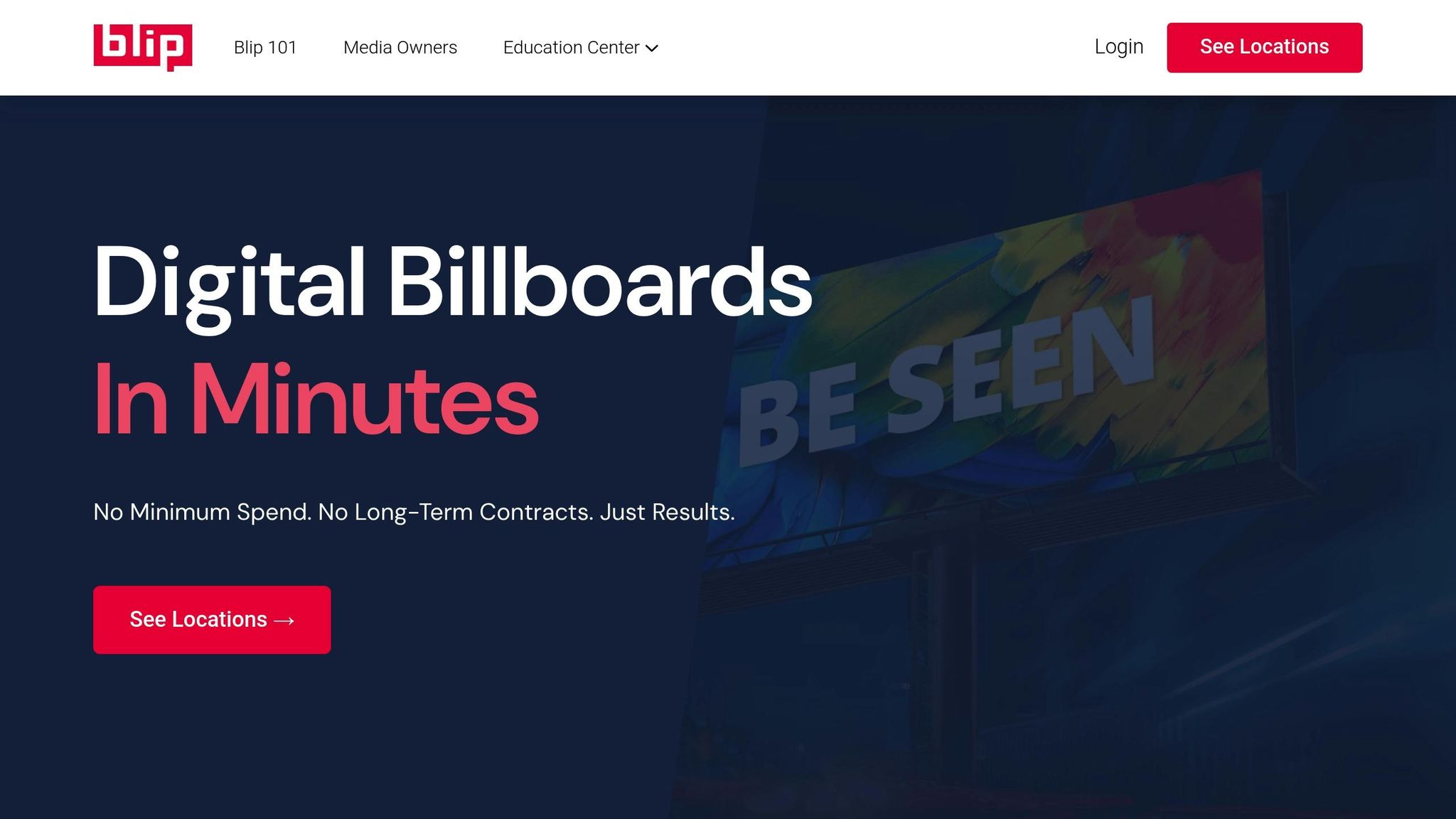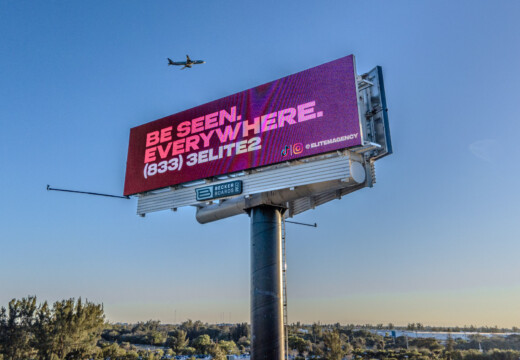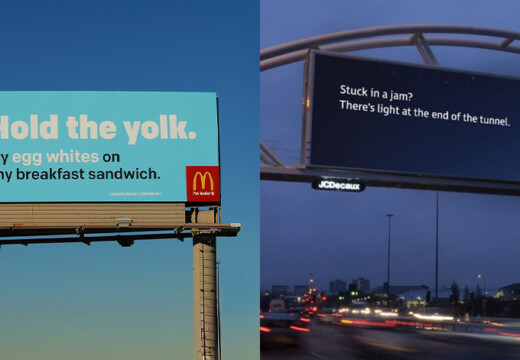Billboard impressions estimate how many people see an ad as they pass by. This helps businesses measure ad performance and optimize campaigns. Here’s a quick breakdown:
- What Are Impressions? The estimated number of viewers exposed to an ad.
- Why They Matter: They guide ad placement, budget, and timing for better ROI.
- How They’re Tracked: Digital tools provide real-time data on views, costs, and engagement.
- Key Metrics: Cost Per 1,000 Views (CPM), daily impressions, and traffic patterns.
- Factors That Influence Impressions: Time of day, seasons, local events, billboard size, and placement.
Digital billboards offer more precise tracking and flexibility compared to static ones. Use impression data to refine your campaigns, focus on high-traffic periods, and allocate budgets effectively.
Core Impression Metrics
Cost Per 1,000 Views
Cost Per 1,000 Views (CPM) reflects the price of reaching 1,000 viewers. It’s a straightforward way to compare costs across different locations and ad formats. A lower CPM means you’re getting more exposure for your budget.
But exposure alone isn’t the whole story. Understanding how viewers respond to your ads is just as important.
Digital Response Tracking
Digital billboards go a step further by tracking engagement. Metrics like QR code scans and click-throughs help connect impressions to actual audience actions, giving you a clearer picture of how your ad is performing.
How impressions are measured in OOH
How to Calculate Impressions
There are three main ways to calculate impressions:
Basic Counting
Blip’s pay-per-play model ensures you’re charged only when your ad is displayed. There’s no minimum spend, and you’re not tied to long-term commitments.
Digital Tracking
Blip uses real-time auctions, updating bids and impression forecasts every ten minutes. Each ad play is logged in the analytics dashboard, offering detailed and accurate reporting.
Display Factors
In the interactive marketplace, you can set schedules and budgets. Adjust these settings based on impressions and CPM to target high-traffic periods for better ad visibility.
sbb-itb-2e2e93f
What Affects Impression Numbers
Understanding what influences impression numbers is key after you’ve calculated them.
Timing and Seasons
- Time of Day: Visibility increases during peak commute hours when traffic is heaviest.
- Seasonal Trends: Traffic patterns can shift with the seasons, impacting how often your ad is seen.
- Local Events: Events like festivals or sports games can lead to sudden traffic spikes in specific areas.
Physical Features
- Size and Boldness: Bigger, bolder billboards naturally attract more attention.
- Height and Angle: The height and angle of a billboard can impact how easily people notice and read it.
These elements help shape decisions about where to place ads, how to design them, and when to display them for the best results.
Using Impression Data
Use your impression calculations to make informed, data-driven decisions for your campaigns.
Reading Data Reports
Digital billboard analytics focus on key metrics such as:
- Daily Impressions
- Peak Traffic Windows
Blip’s interactive dashboard provides real-time updates on daily impressions and CPM for each location. These metrics build on the earlier discussions about impressions, CPM, and response tracking, giving you the tools to monitor and refine your advertising efforts.
Static vs. Digital Comparison
Digital billboards come with several advantages over static ones:
- Real-time tracking instead of relying on projections
- Multiple ads per screen, compared to a single static display
- Detailed performance metrics, offering deeper insights
- Scheduled targeting, allowing for time-specific exposure
These features make digital billboards more flexible and insightful, helping you optimize your campaign strategy.
Improving Campaign Results
- Adjust display schedules to align with peak traffic times.
- Focus your budget on locations delivering the highest impressions.
- Compare CPMs across different sites and allocate funds to the most cost-effective options.
Conclusion
Main Points
Grasping how billboard impressions are calculated is essential for getting the most out of your advertising efforts. Here are the key highlights:
- Accurate Measurement: Digital tracking now offers precise data on views and engagement, moving beyond outdated estimation methods.
- Location Matters: Where you place your billboard greatly influences impressions. Factors like traffic flow and visibility are critical.
- Data-Driven Adjustments: With real-time analytics, advertisers can tweak campaigns based on actual performance metrics instead of guesswork.
Blip‘s Tracking Tools

Blip provides advertisers with tools to turn these insights into action:
- Real-Time Bidding & Analytics: Update bids every ten minutes and instantly track impressions to keep campaigns performing at their best.
- Detailed Performance Reports: Access in-depth metrics to evaluate viewer engagement and overall campaign reach.
"Working with Blip has given Mr. Charlie’s the momentum to get our new location on the map while accelerating growth for our original location"


